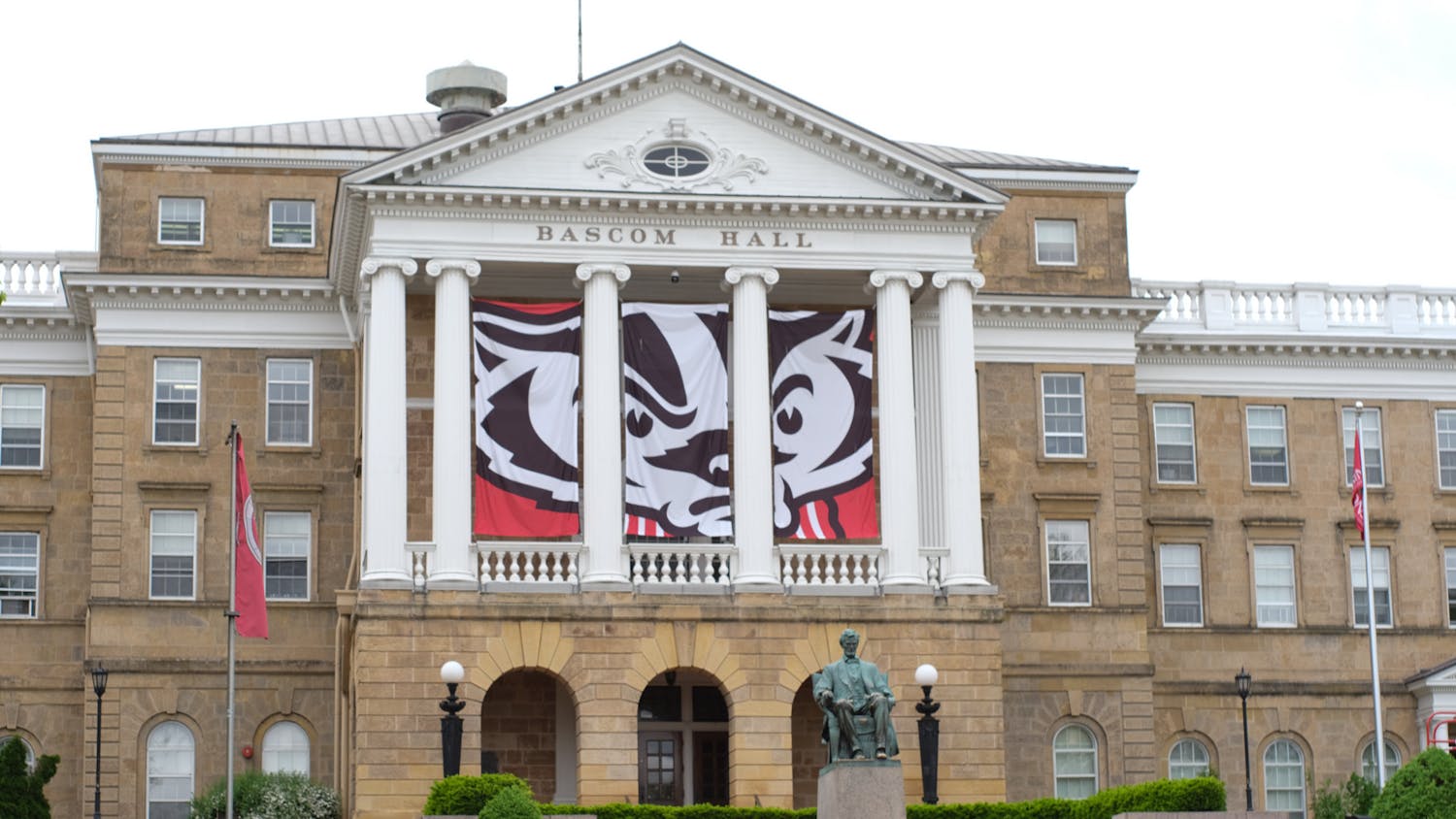As a former campus tour guide, I was often asked what made the University of Wisconsin-Madison’s campus so special. My answer? For a long time, I would tell incoming students a variety of answers: Lake Mendota, gameday culture or lakeshore in the fall.
But after living on Stanford University’s campus for the last month, that's changed: what makes UW-Madison’s campus so special is our ability to leave it.
Since June, I’ve lived on Stanford’s campus in Palo Alto, California. Growing up in the Midwest, California wasn’t just any other state: California was a magical place with perfect weather, beautiful people, palm trees and sales taxes that upset my older relatives. Stanford was everything I had dreamed of with perfect weather, palm trees and coffee orders taking an extra $2 out of my pocket. But as time went on, I found myself missing Madison.
Don’t get me wrong, the problem wasn’t the campus itself.
Many universities, like Stanford, attempt to provide their students with semi-independent walkable communities. If you’ve never been, Stanford’s campus is stunning. From open-air cafes to bookstores, concert venues, sports stadiums, stunning architecture, student art exhibitions and even an entire shopping mall, Stanford’s campus has everything needed to make a small city a very nice one.
But, from the center of campus, if students want to explore Palo Alto, or anywhere beyond Stanford, they’re met with an over 20-minute walk.
This presents a problem: college is about more than what’s learned on the campus itself.
For some students, the transition to a college campus marks their first time being away from home and interacting with a community that might not represent where they grew up. The exchange of cultural experiences and ideas can provide opportunities for personal growth and educational experiences beyond the classroom.
If you look at the history of campus architectural planning at elite universities, this separation might be by design.
At the turn of the 20th century, the American college campus began to take form as a widespread cultural institution. Around the same time, a steep wave of anti-urbanism, a moral opposition to city living in response to the Industrial Revolution, became popular in intellectual circles, and these beliefs still influence the students of today.
The creation of campus resources now understood to be a staple to most American universities, like the “dormitories,” “dining halls” and “extracurricular programs,” were all designed with the idea of fostering “a deep sense of institutional community” in mind, keeping students away from outside urban areas and influence.
Though the blatant anti-urbanism of the progressive era is long behind us, the universities designed with these beliefs in mind are still around today, and they still limit the interaction between the student and the outside world.
When the campuses of elite universities don’t facilitate the transition to off-campus living, remaining inside the campus “bubble,” for some students, can be all too comforting.
As Library Mall bleeds into State Street, non-academic spaces have become equally important to the quintessential UW-Madison experience. Restaurants, shops and comedy clubs have turned into unofficial alumni hotbeds and student unions.
As a freshman, I spent most of my first year on campus in the lakeshore neighborhood. While there was plenty to explore and plenty of school-provided resources that filled my time, as I started my sophomore year, I had yet to engage with the city of Madison, and I was depriving myself of the opportunities my environment had given me.
If you visit the East Campus neighborhood, “where town and gown interface,” Memorial Union and Library Mall fade into the shops and restaurants of State Street. But, beyond State and past the Capitol, the city of Madison continues.
The residents of Madison share spaces and a community with bold ideas and opportunities worth exploring. When we stay in our campus bubble or only toe out as far as hunger or boredom will take us down State Street, we deny ourselves the opportunity to explore the “what ifs” beyond the Capitol building.
At UW-Madison, our campus design facilitates the transition into life off campus and the exploration of opportunities not given to us from faculty alone.
Now, it’s our job to make the most of it.
Blake Martin is a senior studying english and political science. Do you agree that the key to campus design is facilitating the transition between the campus and the community? Send all comments to opinion@dailycardinal.com.
Blake Martin is the opinions editor for The Daily Cardinal.






